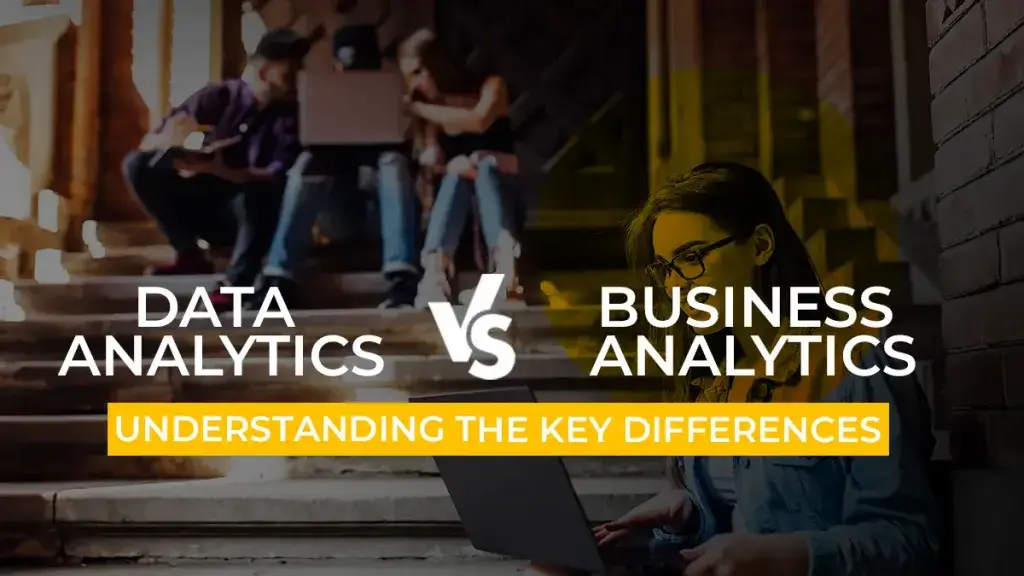CIMA Course
CIMA is the world’s leading professional body of Management Accountants. Management Accountants analyze financial information from a management perspective (as opposed to a compliance perspective e.g. in audit etc) to improve business performance. In that sense, it is a business management function.
What is CIMA?
CIMA (Chartered Institute of Management Accountants) established in the year 1919, is a globally recognized qualification for careers in Business & Finance? CIMA is the world’s largest professional body of Management Accountants with more than 250,000 members working in around 180 countries. CIMA-qualified professionals work in the field of Corporate Finance, Financial Reporting, Financial Analysis, Business Analysis, Project Finance, Treasury Management, Risk Management etc.
In collaboration with the CPA (USA) institute, CIMA members receive an additional designation- CGMA. CIMA has more than 4500 training and recruitment partners across the globe.
Management accountants analyze information to advise strategy and drive sustainable business success. Anyone can study the CIMA qualification, whether they’re new to finance and business or an experienced professional.
Why CIMA
CGMA
Since the tie up of CIMA & CPA which together give the CGMA Designation, your are sure to catch the eye of the recruiter
Networking
More than 4500 companies are the partner of CIMA around the world and 250000 members in around 180 countries, you get the advantage of exploring job opportunities or business opportunities.
Flexibility
CIMA has the flexibility for the students to study at their own pace and manage their work and study for optimum learning
Cost Effective
Registration, training and examination fee together can costs between Rs. 2 to 4 Lakhs depending upon your prior qualification.
Preferential Immigration Status
Due to the collaboration of CIMA with professional bodies CPA Australia, CIMA members get preferential immigration status abroad.
CIMA Career prospects
Course Structure
Based on background the student will enter the program from different routes.
Syllabus
Certificate Level
BA1– Fundamentals of Business Economics
BA 2– Fundamentals of Management Accounting
BA 3– Fundamentals of Financial Accounting
BA 4– Fundamentals of Ethics, Corporate Governance and Business Law
Exam: 4 Objective type Exams
Award: CIMA Certificate in business accounting CIMA cert BA
Operational Level
E1:Organizational Management
P1: Management Accounting
F1: Financial Reporting and Taxation
Exam: 3 Objective type Exams and 1 Case study Exam
Award: CIMA Diploma in management Accounting (CIMA dip MA)
Management Level
E2: Project and Relationship Management
P2 : Advanced Management Accounting
F2: Advanced Financial Reporting
Exam: 3 Objective Type Exams and 1 Case study Exam
Award :CIMA Advanced Diploma in Management accounting (CIMA ADV DIP MA)
Strategic Level
E3 Strategic Management
P3 Risk Management
F3 Financial Strategy
Exam: 3 Objective Type Exams and 1 Case study Exam
Exam Detail
Eligibility to learn the CIMA course, duration and entry route
Exam pattern in CIMA across all the levels –
| Objective type | Case study | |
| Exam at each level | 3 | 1 |
| Duration | 90 | 180 min |
| Paper type | Objective type | Integrated case study |
| Exam Frequency | Daily based on availability at Pearson Center | 4 times a year (Feb, May, Aug, Nov) |
| Result Declaration | Immediately | After 1 month of the exam |
Want to know more about CIMA Course by IMS proschool? Click here
FAQ’s
Need More Info? Read Our Latest Blogs
Explore, Share And Enjoy Our Curated Content
A business analyst is a professional who bridges the gap between business objectives and technical implementations, analyzing and interpreting data to provide insights, recommendations, and [...]
Have you ever wondered how big companies like Google and Reliance make important decisions for their businesses? Well, a major part of their decision-making is based on data-driven [...]
Hey there, fellow BCom warriors! Are you ready to make the most of your commerce degree? We know that BCom alone might not feel like [...]






